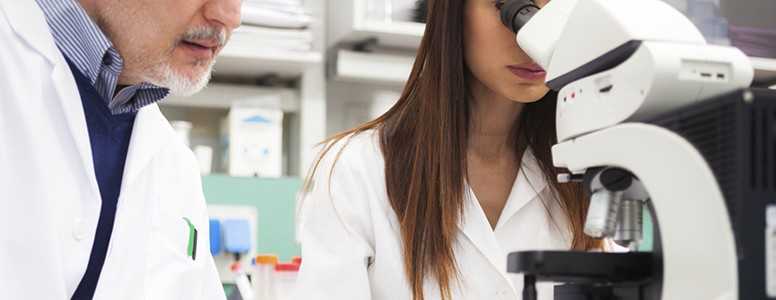A newly-developed micro-pancreas can prevent transplanted islet cells from failing, potentially overcoming one of the biggest problems with islet cell transplantation for people with type 1 diabetes.
The platform, known as the engineered micro-pancreas (EMP), is developed by Israeli biotech company Betalin Therapeutics. It solves several of the difficulties associated with islet cell transplantation. Researchers know how to transplant islet cells to people with type 1 diabetes, and they know how to make those cells work. What they don’t know is how to stop those cells from failing. Half of islet cell transplant patients are back on insulin injections with a year; 90 per cent within five years.
The EMP helps the transplanted islet cells to connect up to the body – which is one of two big problems with transplantation. What the EMP doesn’t do is protect transplanted beta cells from the immune system, which will try and destroy any new beta cells. People who benefit from the EMP would still have to take immunosuppressant drugs, which would expose them to illness.
“The main problem we have in developing new treatments for diabetes is that diabetes is far more complicated than we think,” said Professor Eduardo Mitrani, who engineered the EMP in the department of cell and developmental biology at the Hebrew University of Jerusalem. “Providing insulin is easy, but regulating insulin has proven very difficult because regulation requires many different sensors in the beta cells.”
What is the engineered micro-pancreas (EMP)?
The EMP is a biological scaffold. It is added to the islets of the person donating cells before the transplant takes place. By supporting the survival of beta cells, it could enable long-term natural insulin production.
When beta cells were derived from EMP-supported islet cells, they successfully secreted insulin for more than three months. Beta cells that weren’t supported by the scaffold lived for about two days.
EMPs connect with the body’s vascular system, which gives them the nutrients they need to survive.
“Our micro-organ becomes vascularised in a remarkable three to five days and can produce insulin,” Mitrani said. “What distinguishes us is the micro-scaffold. We have worldwide IP for this technology, which allows the islets to survive, function in a regulated manner and connect to the circulatory system.”
Other advantages of the EMP
The EMP also has the potential to solve another key problem with islet cell transplantation: the need for large numbers of donor cells to treat one person with type 1 diabetes. Unlike the current method of transplantatio, which requires two infusions, the EMP should require only one. Mitrani believes that “[t]his should translate into the ability to treat a higher number of patients.”
Human clinical trials and FDA approval
The next step is to test the EMP in human clinical trials. According to Professor James Shapiro, of the University of Alberta, Canada, if the EMP works as well on humans as it does in the lab, “it has the potential to substantially improve cellular engraftment and survival both for islets and potentially for stem-cell engraftment.”
The researchers are working to have their breakthrough approved by the US Food and Drug Administration. Mitrani says: “We are now doing whatever is necessary to comply with regulatory agencies in the United States and Canada. We are already in conversation and submitting data to the FDA, which will determine what needs to be done to start our first human trials within a year.”
The findings are published in the journal Tissue Engineering Part A.
What's new on the forum? ⭐️
Get our free newsletters
Stay up to date with the latest news, research and breakthroughs.





